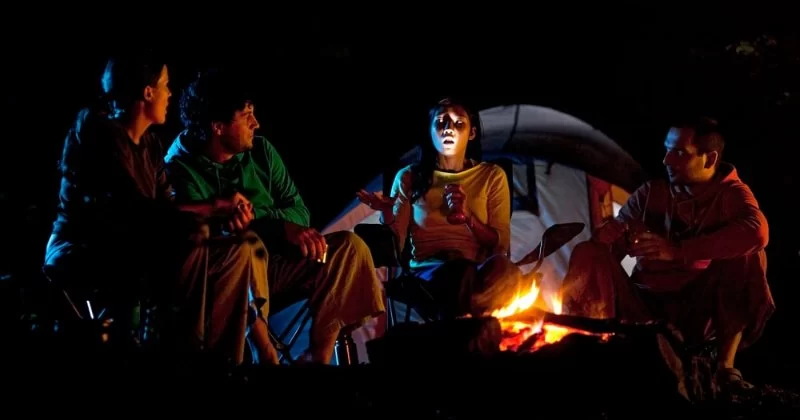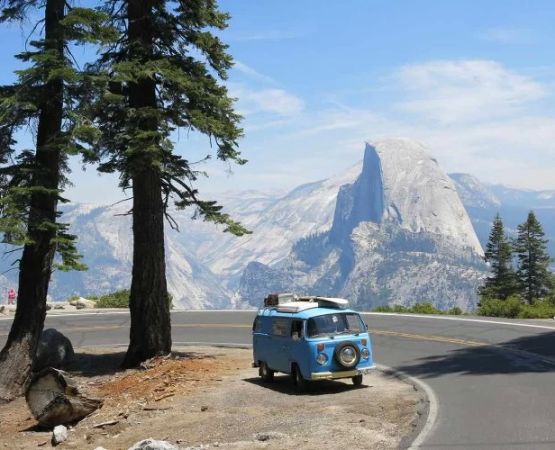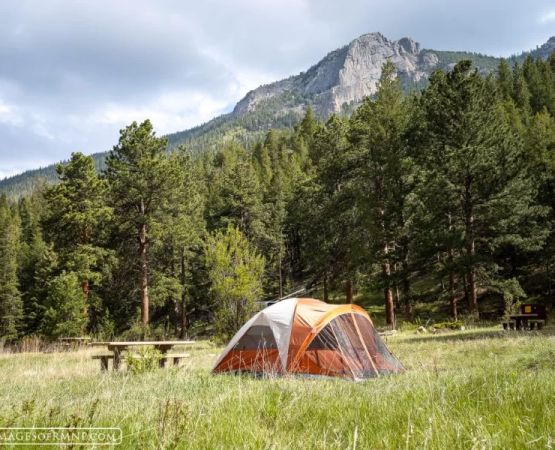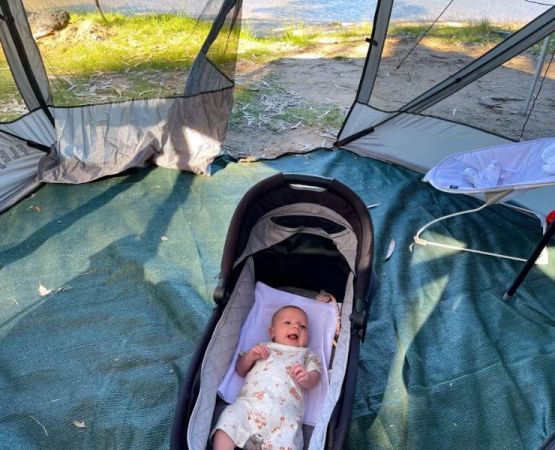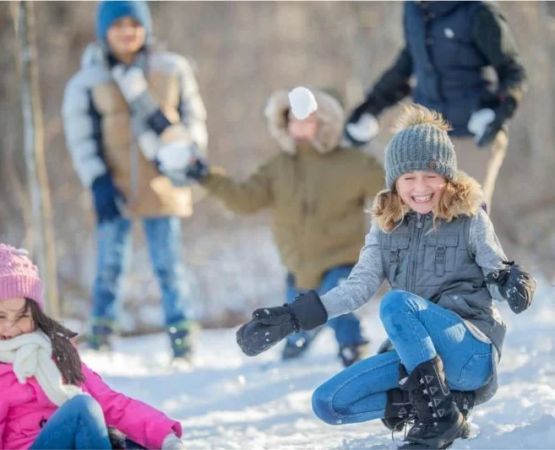- Why-Campfire-Stories-Matter
- Classic-Scary-Stories-for-THRILLS
- Funny-Stories-that-Lighten-the-Night
- Family-Friendly-Stories-for-All-Ages
- How-to-Tell-Stories-that-Captivate
- Creating-Your-Own-Campfire-Traditions
Why Campfire Stories Matter
There’s something magical about gathering around a glowing fire, the night sky above, and the sound of voices weaving tales that make time slow down. Campfire stories are more than entertainment—they’re a tradition that connects generations. Whether spooky, silly, or heartfelt, the best campfire stories create lasting memories and foster a sense of community that people carry long after the flames have died down.
Classic Scary Stories for Thrills
Scary stories have long been the backbone of campfire nights. Tales like the legend of the “Hookman” or the ghostly woman in white thrive on suspense and imagination. The flickering firelight adds to the drama, making shadows dance like characters in the story itself. Many campers recall how a chilling story turned a quiet night into an adrenaline-filled adventure. These tales work best when told slowly, with pauses that build tension, letting the silence do as much as the words.
1. The role of local legends
Using regional folklore makes a story even more gripping. For instance, Pacific Northwest campers often share stories about haunted forests, while in the South, swamp spirits or ghostly hitchhikers add local flavor to the tradition.
Funny Stories that Lighten the Night
Not all campfire storytelling needs to be spine-tingling. Funny stories—whether they’re personal anecdotes, tall tales, or lighthearted jokes—balance the night with laughter. Imagine a camper retelling the time their marshmallow caught fire and nearly became a torch, or how a tent collapsed in the middle of a thunderstorm. Humor brings people together, making even strangers feel like old friends under the stars.
1. Interactive humor
Funny campfire stories work best when they encourage audience participation. Let listeners add their own twists, or turn a tale into a game where each person contributes a line, creating a group-built comedy.
Family-Friendly Stories for All Ages
For groups with children, family-friendly campfire stories are a must. Folktales, fairy tales, and animal stories spark imagination without the nightmares. Classics like “The Boy Who Cried Wolf” or retellings of fables carry lessons along with entertainment. Parents often say these moments around the fire become some of their children’s favorite vacation memories, blending fun with bonding.
1. Lessons hidden in fun
Family-friendly stories often hold subtle morals. Sharing them by firelight adds a layer of importance, making children more attentive and reflective. It’s storytelling with both purpose and playfulness.
How to Tell Stories that Captivate
The delivery of a campfire story can be as important as the content. Lowering your voice, leaning in close, and using body language can heighten suspense. On the other hand, using exaggerated expressions and playful tones enhances humor. The best storytellers adapt to their audience, gauging reactions and adjusting rhythm to keep everyone engaged. In many ways, telling stories by the fire is an art form that grows richer with practice.
1. Using the environment
Sound effects like snapping twigs or the distant call of an owl can be woven into the tale, blurring the line between fiction and reality. The natural setting enhances the immersion of storytelling.
Creating Your Own Campfire Traditions
Some of the best campfire stories are the ones you create yourself. Sharing personal adventures, family histories, or even made-up legends gives your group its own traditions. These unique tales often become favorites, retold year after year. Many families and groups return to places like Pine Cliff Resort not just for camping, but also for the chance to gather around the fire and continue their storytelling traditions in a setting that feels both familiar and magical.
1. Keeping memories alive
Documenting your favorite campfire stories, either in journals or by passing them along to younger generations, ensures that these special narratives live on. Over time, they evolve, becoming even more meaningful as part of your group’s shared history.

